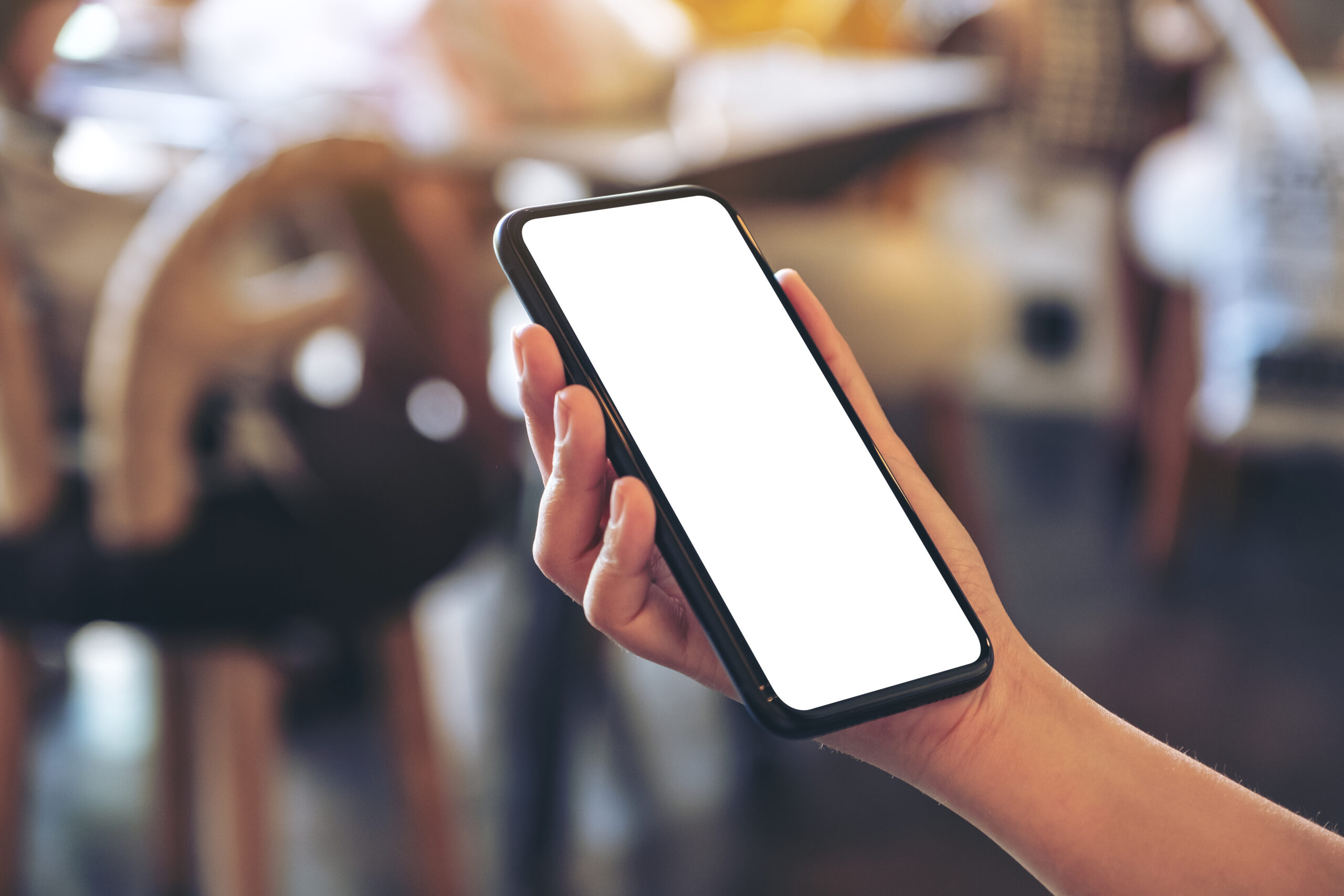UWB RTLS: One Technology, Multiple Solutions Powering Industry Innovation
2024-10-11
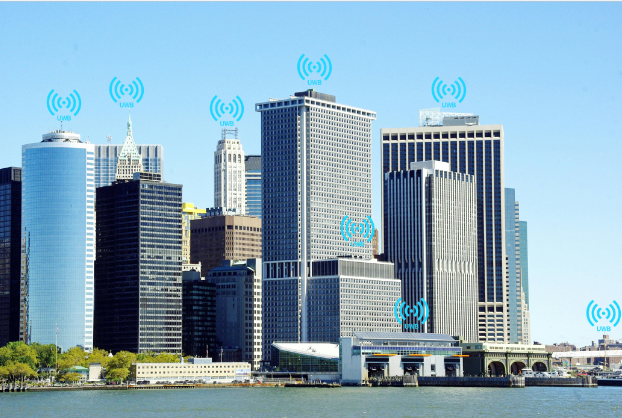
You might wonder why a-centimeter-level precise measurements are crucial. In certain industries, accurate location tracking can be critical, potentially impacting safety and protecting valuable assets. As a result, UWB RTLS is not limited to just asset tracking but extends to various high-stakes applications.
-
Healthcare
One of the most critical applications of UWB RTLS is in the healthcare sector. A recent nationwide survey, which analyzed data from nearly 1,000 nurses across 48 states and the District of Columbia, highlights the growing adoption of UWB RTLS in hospitals. The urgency to protect healthcare workers has driven this trend, with UWB tags being used as both identification badges and location trackers for hospital staff. These tags continuously transmit location data to a central server, allowing for real-time monitoring. In emergencies, staff can activate an SOS feature on their tags to summon help without needing to specify their location. Additionally, these tags offer a touch-free clock-in/out feature, enabling employees to enter or exit the facility without physical contact.
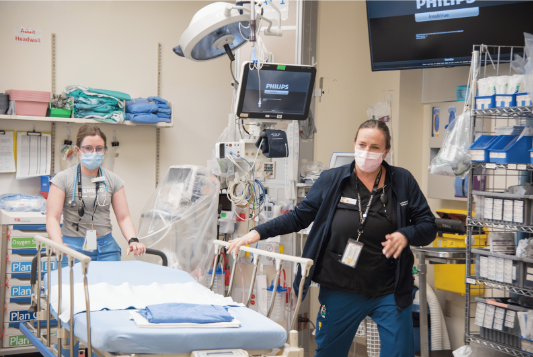
Source: Global News, LHSC staff at the emergency room
-
Manufacturing
In the industrial sector, where employee safety is a critical concern, UWB RTLS is making a significant impact. One of the major hazards in manufacturing is forklift-related accidents. These incidents often involve either transportation mishaps or contact with objects or equipment. In 2022, forklifts were responsible for 73 work-related deaths and 24,960 DART cases, including 15,480 cases involving days away from work (DAFW) from 2021 to 2022.
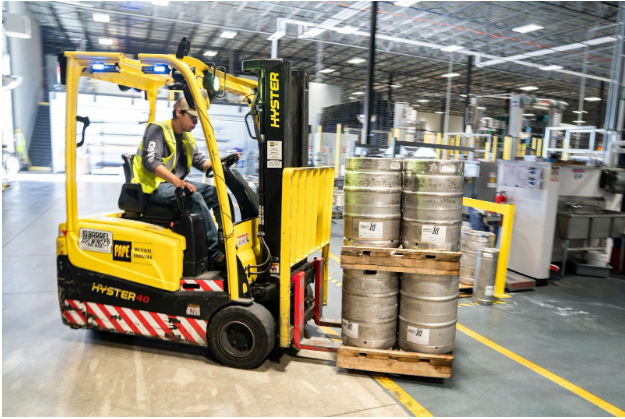
Source: Pexels, employee using forklift
To address these risks, manufacturing companies are increasingly adopting UWB RTLS technology. This technology includes features such as trigger events that activate flashing lights and voice alerts when workers or vehicles approach hazardous zones. Prominent manufacturers like Volkswagen, Daimler, and Airbus have implemented UWB RTLS in their facilities to monitor the movements of personnel and machinery in high-risk areas. This system enhances workplace safety by providing real-time alerts to prevent potential collisions and unsafe situations, thereby reducing the likelihood of accidents and improving overall safety in the workplace.
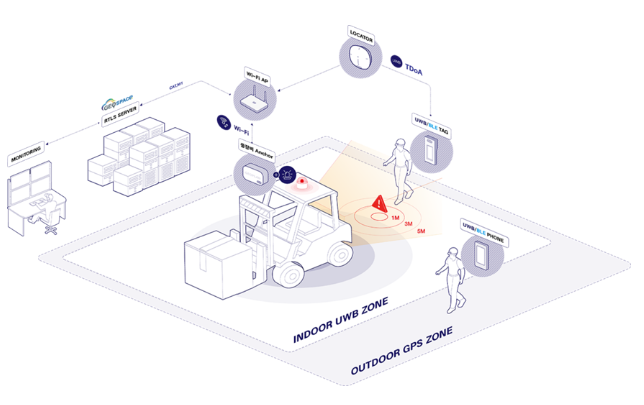
Sources: Geoplan, tag buzzer alarm alerting employee of the close distance encounter
-
Logistics and Warehousing
In addition to enhancing the real-time tracking of people, UWB RTLS excels at accurately monitoring the status and location of products within logistics and warehousing environments. By enabling precise tracking of material movements in extensive and complex warehouses, UWB RTLS allows employees to quickly locate items, check inventory status, and reduce picking order times by up to 30%.
One notable application of UWB RTLS in retail is through Electronic Shelf Labels (ESL), such as those provided by [Geoplan](insert link here). These digital tags are placed on shelves to display product prices, barcodes, and other relevant information. ESLs can be updated remotely, allowing for instant changes to pricing and product details, which significantly reduces the labor and time associated with manually updating paper tags. Retail giants like Walmart are leading the way by implementing this technology, known as Digital Shelf Labels (DSLs), across 2,300 stores by 2026. This advancement not only streamlines inventory management but also enhances the efficiency of retail operations.
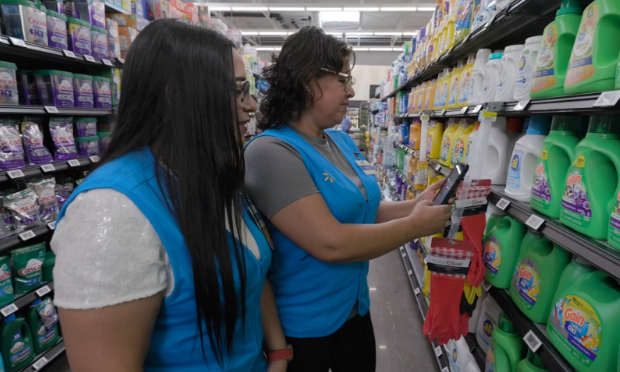
Source: Walmart, Walmart employee updating product price through scanning product barcode
-
Transportation and Automotive
The transportation industry has recently begun integrating UWB RTLS technology, with notable advancements like keyless car access. BMW was among the first to implement UWB-based keyless entry systems, which enhance convenience and security by eliminating the need for traditional car keys or fobs.
In essence, UWB transforms your smartphone into a car key. This technology uses UWB-enabled devices to measure the proximity between the phone and the vehicle with centimeter-level precision. The system automatically locks or unlocks the car when the smartphone is within a certain distance and also takes into account the direction of movement to determine the appropriate action.
The adoption of UWB in vehicle access control is growing rapidly. According to Research and Markets, the global UWB-based vehicle access control market was valued at $92.6 million in 2022 and is projected to expand at a compound annual growth rate (CAGR) of 17.09%, reaching $383.1 million by 2031. This growth reflects the increasing demand for secure and user-friendly vehicle access solutions.
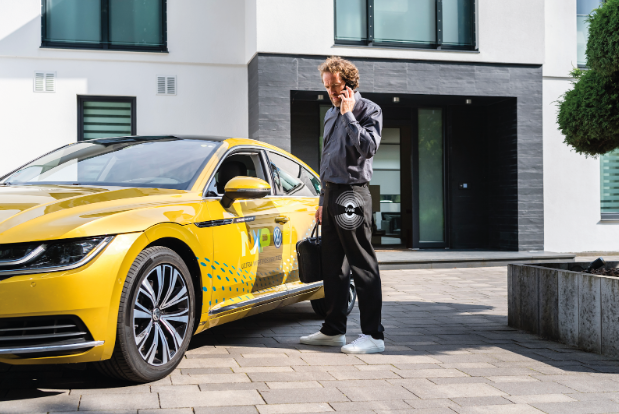
Source: NXP Semiconductors, the UWB car key is able to learn personal gestures for easy opening of the vehicle doors
태그
ANTICOLLISIONGEOPLANRTLSSMARTBUILDINGSMARTSAFETYUWBUWBTECHNOLOGY
News&Blog
